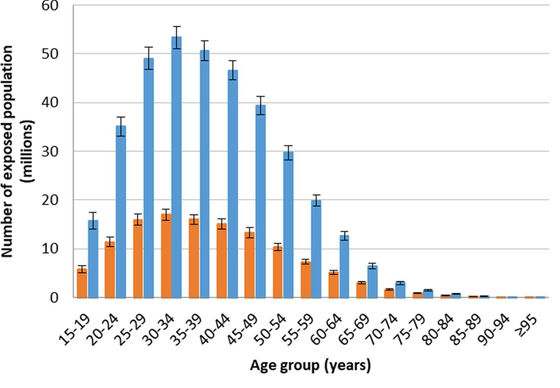WHO announces that 'long working hours kill 745,000 people annually'

Long working hours are one of Japan's leading social problems, and
Global, regional, and national burdens of ischemic heart disease and stroke electrically to exposure to long working hours for 194 countries, 2000–2016: A systematic analysis from the WHO / ILO Joint Estimates of the Work-related Burden of Disease and Injury --ScienceDirect
https://www.sciencedirect.com/science/article/pii/S0160412021002208
Long working hours increasing deaths from heart disease and stroke: WHO, ILO
https://www.who.int/news/item/17-05-2021-long-working-hours-increasing-deaths-from-heart-disease-and-stroke-who-ilo

Long working hours kill 745,000 people a year, WHO / ILO study finds
https://www.cnbc.com/2021/05/17/long-working-hours-kill-745000-people-a-year-who/ilo-study-finds.html
Long working hours killing hundreds of thousands of people a year, WHO says --CNN
https://us.cnn.com/2021/05/17/success/who-long-hours-intl-scli-wellness/index.html
Newly announced by the WHO in collaboration with the International Labor Organization (ILO) is a survey of strokes and heart disease caused by long working hours (more than 55 hours per week). WHO and ILO analyzed 37 studies of ischemic heart disease with a cumulative total of more than 768,000 subjects and 22 studies of stroke with more than 839,000 subjects, and were exposed to long working hours. Calculate the number of people you think you have and the risk of long working hours causing stroke or heart disease. As a result, 'From 2000 to 2016, the death toll from heart disease due to long working hours increased by 42%, and the death toll from stroke increased by 19%. In 2016, 488 million people continued to work long hours. It was estimated that 705,786 to 784,601 people died of stroke and heart disease from this long working hours. '
Below is a graph that visualizes 488 million people who continued to work long hours in 2016 by age group and gender. The blue graph points to men and the orange graph points to women. The horizontal axis is age and the vertical axis is number of people. It can be visually understood that many men work long hours by gender, and the peak age group is around 30 to 34 years old.

By country, we can see that there are many long working hours throughout Africa and Asia. On the other hand, long working hours do not seem to be widespread in Europe, Northern America, Australia, etc.

Below is a graph of people who lost their lives due to long working hours. As before, the blue graph is for men, the orange graph is for women, the horizontal axis is for age, the vertical axis is for the number of people, the left side is for ischemic heart disease, and the right side is for stroke. The tendency for more men is common to the graph for long working hours, but this peaks in the age group of 60 to 64 years. It is suggested that around the so-called 'retirement age' is the time when people are likely to die from long working hours.

According to WHO, long working hours are on the rise, accounting for 9% of the world's total population as of 2021. Dr. Maria Neira, director of the WHO's Department of Environment, Climate Change and Health, said, 'Working more than 55 hours a week creates serious health hazards.' It's time to look at the fact that hourly work leads to premature death. '
WHO advises governments, employers and workers that 'the government can ban forced overtime and introduce laws, regulations and policies that ensure maximum working hours' and 'employers and workers It is possible to set an upper limit on working hours and introduce flexible working hours through bilateral consultations and group negotiation agreements between employers and labor unions. ”“ By equalizing working hours among workers, “55 hours a week You can avoid violating the limitation of 'above'. '
Related Posts:
in Note, Posted by darkhorse_log







